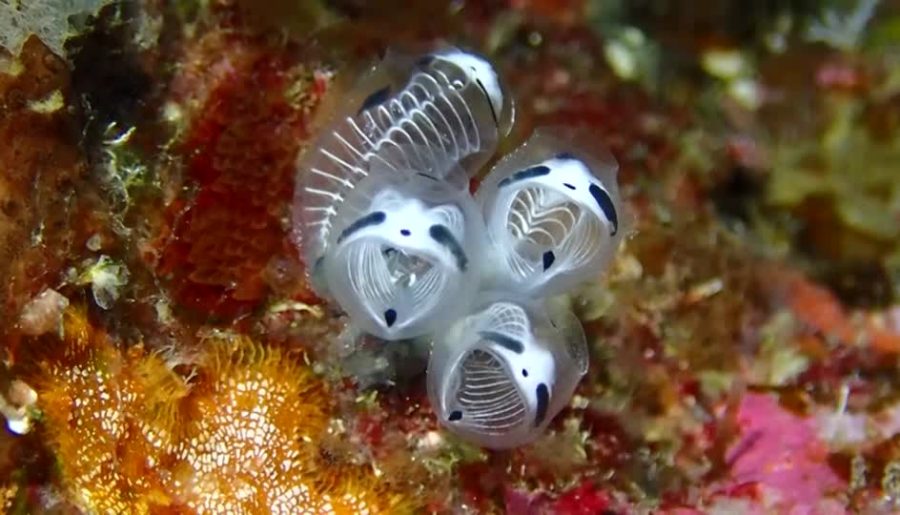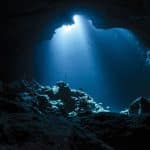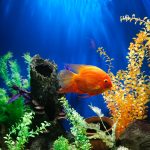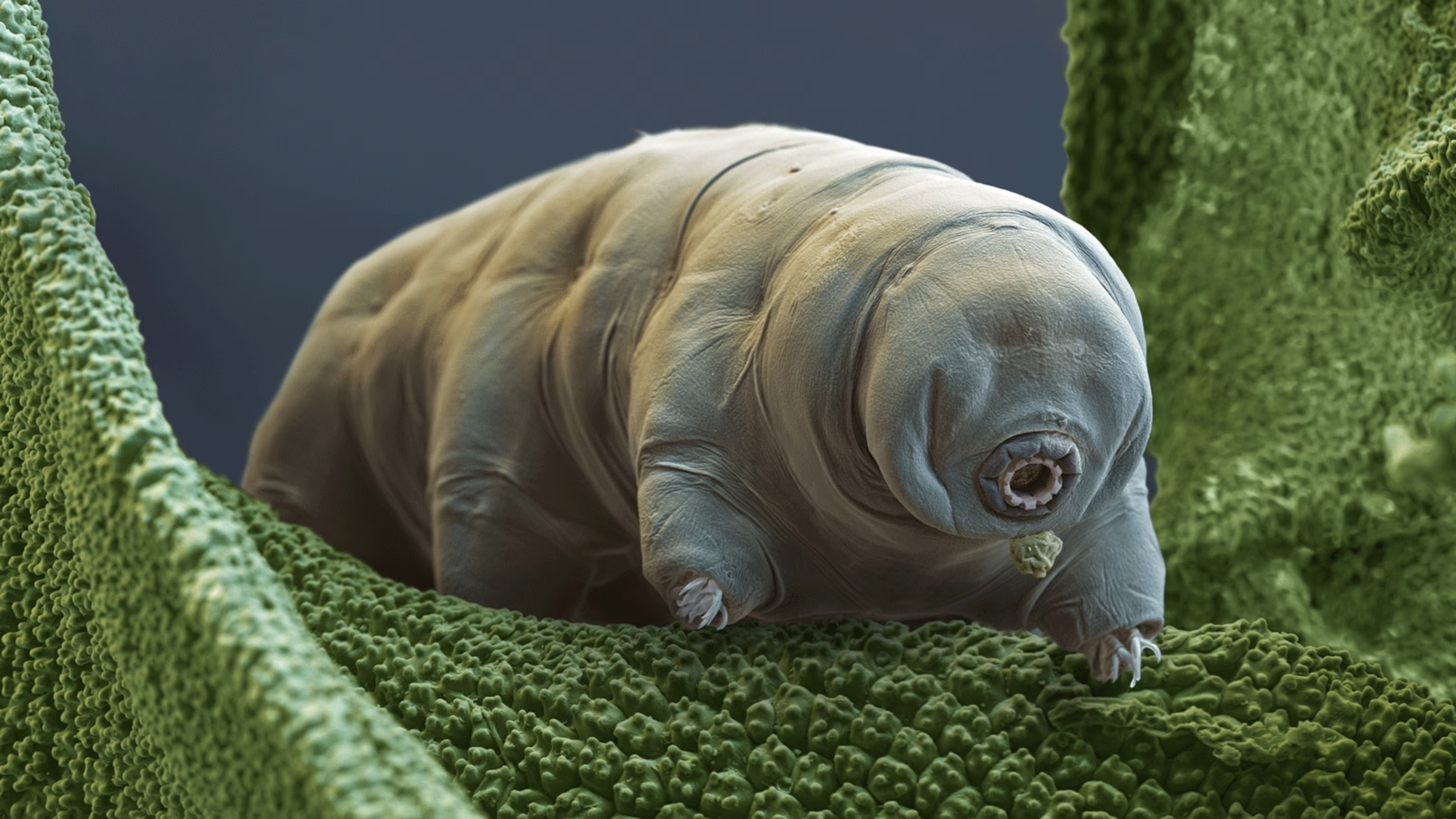Our planet is home to an incredibly diverse range of species, with new discoveries being made every year.
In fact, did you know that it’s estimated that approximately 18,000 new species are discovered every year, adding to the already comprehensive record of life on Earth?
That’s a LOT, right?
Today, I have some exciting news to share – a new species has recently been discovered in Japan!
Have you heard about it yet?
Meet the Skeleton Panda Sea Squirt.
It’s a new sea squirt species with its unique skeletal-like structure and black spots that look like a panda! The creature measures up to 0.78 inches.
This sea squirt had never been studied by scientists until a picture of it was posted online and was seen by a researcher in 2018.

It quickly gained popularity among Japanese netizens, who named it “gaikotsupandahoya,” meaning ‘skeleton panda sea squirt’ in Japanese.
On February 1, Japanese researchers announced the species’s official scientific name as Clavelina ossipandae. The Latin words “Clavelina,” means “little bottle,” and “ossipandae,” refers to its skeleton and panda-like appearance.
Naohiro Hasegawa, a researcher at the University of Hokkaido, explained that the white parts that look like bones are actually the blood vessels that run horizontally through the sea squirts’ gills.
The black parts on the head that resemble a panda’s eyes and nose are just a pattern, and the reason for the pattern is unknown.
Shunji Terai, a Kumejima diver, introduced the sea squirts to his diving shop in 2017 and has since attracted customers who saw the unique creatures on social media.
It also became a favorite with divers visiting the Japanese island of Kumejima.
Before I end this post, here are some facts about sea squirts.
Sea squirts, sometimes called the Tunicata, are potato-shaped marine creatures permanently attached to a hard surface. This includes pier pilings, ships’ hulls, rocks, large seashells, and even the backs of large crabs.
They can be found in all oceans, from the intertidal zone (where the ocean meets the land between high and low tides) to the deepest part.
Did you know they are called sea squirts because their muscles contract, and the water in the creature shoots out when touched or alarmed by a sudden movement?







